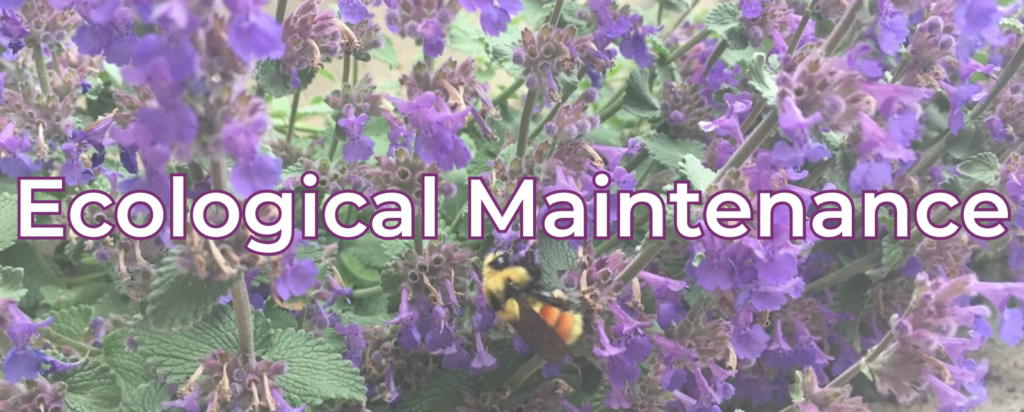If you’ve been reading our newsletter, you know by now that rain gardens are innovative and environmentally friendly solutions for managing stormwater runoff. But did you know that these gardens functionally mimic the work of beavers? Indeed; they effectively spread and slow the flow of water, providing numerous benefits to both urban and natural landscapes. By harnessing the power of nature, rain gardens offer an effective and sustainable approach to mitigating the impact of heavy rainfall and preventing water pollution. But please read on. This isn’t just another Columbine article touting the vast array of benefits of rain gardens, but it is also intended to highlight the important work beavers do to make our ecosystems healthier and more resilient.
1. The Role of Beavers in Hydrological Engineering
Beavers are renowned for their ability to transform landscapes by constructing dams and creating ponds. These aquatic mammals are nature’s hydrological engineers, shaping ecosystems and altering water flow patterns. By building dams, beavers create a series of interconnected water bodies that act as natural sponges, absorbing excess water during heavy rain events.
2. Mimicking Beaver Actions
Within the human-built landscape, rain gardens are designed to replicate the functions performed by beavers. These gardens consist of shallow depressions filled with native vegetation, gravel, and organic matter. The depression serves as a basin, capturing stormwater runoff from roofs, driveways, and other impervious surfaces. By directing the water into the garden, the flow is slowed down, allowing for infiltration and preventing erosion.
3. Spreading and Slowing Water Flow
The main objective of rain gardens is to spread and slow down the flow of water. Native plants within the garden help absorb excess water through their root systems, increasing infiltration rates and reducing the volume of runoff. This process mimics the actions of beaver ponds, which trap and retain water, preventing downstream flooding and erosion.
4. Water Quality Benefits
In addition to managing stormwater, rain gardens offer substantial water quality benefits. As water infiltrates the garden, it undergoes natural filtration. The combination of soil, plants, and microbes within the rain garden helps remove pollutants, such as sediment, nutrients, and heavy metals, before the water reaches streams and rivers. This natural filtering process promotes cleaner waterways and healthier ecosystems.
5. Environmental and Community Advantages
Rain gardens provide various environmental and community advantages. By reducing stormwater runoff, they alleviate the burden on municipal drainage systems, reducing the risk of localized flooding. Moreover, these gardens enhance biodiversity by providing habitat for birds, butterflies, and beneficial insects. Rain gardens also beautify urban spaces, creating aesthetically pleasing landscapes that can be enjoyed by the community.
Rain gardens demonstrate how nature’s wisdom can inspire innovative solutions to manage stormwater runoff effectively. By emulating the work of beavers, these gardens spread and slow down the flow of water, minimizing flooding risks and improving water quality. Incorporating rain gardens into urban planning and landscaping practices can contribute to a more sustainable and resilient future, where humans and nature can coexist harmoniously.
To the Glory of the Garden
Eva Montane
Columbine Landscapes, President









